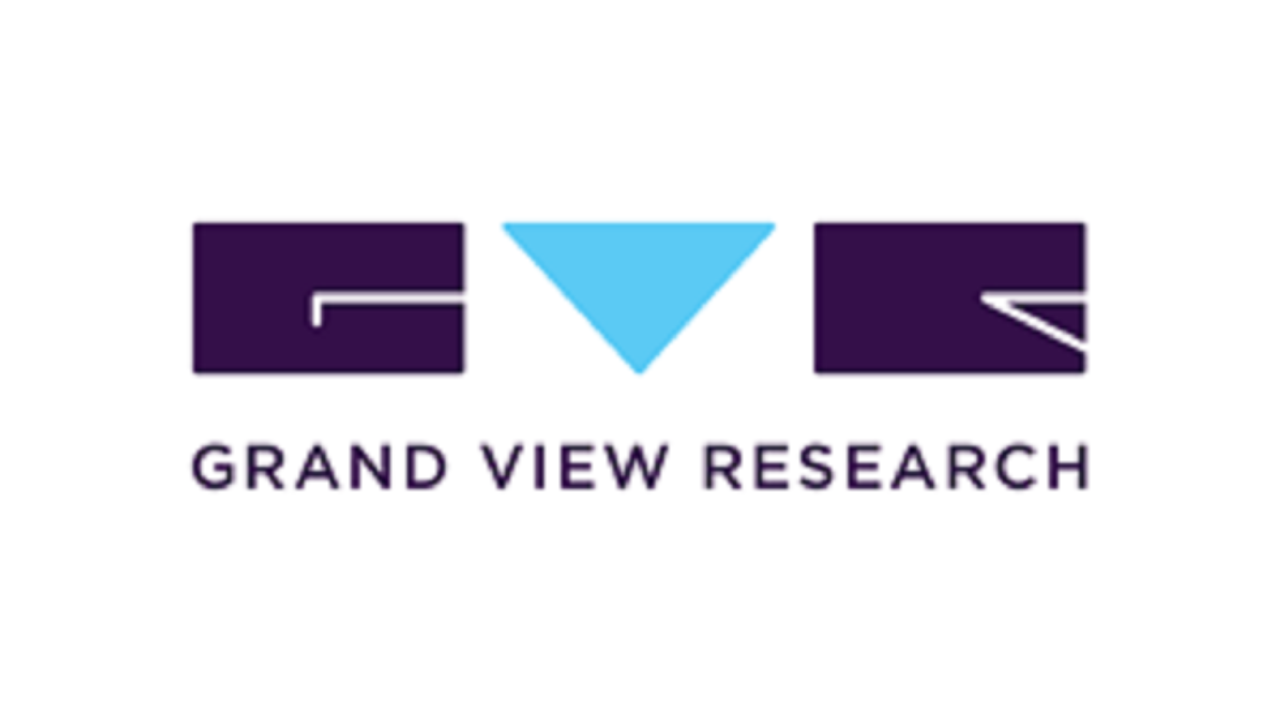The gelatin market size was valued at USD 7.05 billion in 2024 and is projected to reach USD 13.14 billion by 2030, growing at a CAGR of 11.1% from 2025 to 2030. This impressive growth is driven by the widespread and diverse applications of gelatin across several industries, including pharmaceuticals, nutraceuticals, and food. Additionally, the expanding use of gelatin in cosmetics and personal care products, along with evolving consumer preferences influenced heavily by social media trends, contributes significantly to market expansion.
The gelatin market is witnessing substantial momentum due to several key factors. One major driver is the increasing consumer demand for transparency and the inclusion of natural ingredients in their products. Gelatin, which is naturally derived from animal sources, aligns well with this trend as it functions as a clean-label gelling and thickening agent. This fits perfectly with the growing clean-label movement, which favors food and beverage products that are free from artificial additives and preservatives. Consumers today are increasingly seeking simpler and more natural ingredient formulations, which has encouraged manufacturers to incorporate gelatin in order to meet these evolving expectations.
Price fluctuations in the gelatin market are largely influenced by the cost of raw materials, which mainly come from slaughterhouses and differ across regions. With rising demand from key sectors such as food & beverages and healthcare, there has been a moderate increase in raw material prices. To keep up with this increasing demand, new manufacturing and application facilities are being set up in countries like the United States and India. Enhancements in supply chain efficiency, combined with expanded production capacities, are anticipated to help stabilize gelatin prices over the coming years, ensuring a more balanced market environment.
Key Market Trends & Insights:
• When analyzing the gelatin market by region, Europe emerged as the leading segment, capturing the highest revenue share of 38.3% in 2024. This dominant position is attributed to the continent’s well-established industries and strong demand for gelatin across multiple sectors. Within Europe, the German gelatin market is witnessing steady growth, driven by robust demand from key industries including food, pharmaceuticals, and wellness products. Germany’s focus on quality and innovation in these sectors continues to bolster its market performance.
• Looking at the market by source, bovine-sourced gelatin accounted for the largest share of revenue, capturing 35.1% in 2024. This segment’s prominence is due to the widespread availability and diverse applications of gelatin derived from bovine sources, which are favored in various industries due to their functional properties.
• From a functional perspective, the stabilizer application segment led the gelatin industry in 2024. Gelatin’s ability to stabilize products, especially in food and beverage formulations, makes it an essential ingredient, driving this segment’s dominance.
• In terms of application, the food & beverages (F&B) segment held the largest market revenue share in 2024. The extensive use of gelatin in the F&B sector, for purposes such as gelling, thickening, and texturizing, contributes significantly to the overall market revenue, reflecting the importance of gelatin in this industry.
Order a free sample PDF of the Gelatin Market Intelligence Study, published by Grand View Research.
Market Size & Forecast:
• 2024 Market Size: USD 7.05 Billion
• 2030 Projected Market Size: USD 13.14 Billion
• CAGR (2025-2030): 11.1%
• Europe: Largest market in 2024
• Asia Pacific: Fastest growing market
Key Companies & Market Share Insights:
Some of the prominent companies operating in the gelatin industry include well-known names such as GELITA AG, Rousselot, PB Leiner, STERLING GELATIN, Weishardt Holding SA, among others. These organizations have been actively pursuing strategic initiatives to strengthen their market position and gain a competitive edge. Their growth strategies typically involve a mix of mergers and acquisitions to expand their operational capabilities, enhancing their online presence to better engage with customers, improving existing applications of gelatin, and launching new applications to cater to emerging market demands.
GELITA AG is recognized as a global leader in the manufacturing of gelatin and collagen peptides. The company serves a diverse range of industries including food, pharmaceuticals, health and nutrition, and cosmetics. GELITA has cemented its strong standing in the gelatin industry by focusing on strategic initiatives such as continuous innovation in applications and expanding its global footprint, ensuring it meets the dynamic requirements of its varied customer base.
Similarly, Rousselot holds a prominent position as a global leader in collagen-based solutions. The company offers an extensive portfolio of gelatin and collagen products that are specially designed to meet the unique needs of sectors such as food, health and nutrition, biomedical, and pharmaceuticals. Rousselot has developed a robust global presence, providing innovative, high-quality ingredients that cater to the evolving expectations and demands of these industries, reinforcing its leadership status.
Key Players
• GELITA AG
• Rousselot
• PB Leiner
• STERLING GELATIN
• Weishardt Holding SA
• Junca Gelatines SL
• Nitta Gelatin, Inc.
• PAN Biotech GmbH
• Shanghai Al-Amin Biosource Co., Ltd.
• Tessenderlo Group
Explore Horizon Databook – The world's most expansive market intelligence platform developed by Grand View Research.
Conclusion:
The gelatin market is experiencing strong growth driven by its versatile applications in food, pharmaceuticals, and cosmetics. Rising consumer demand for natural and clean-label products, along with expanding uses in health and wellness sectors, is fueling market expansion. Key players are focusing on innovation, strategic partnerships, and geographic expansion to capitalize on emerging opportunities. Overall, the market outlook remains positive with increasing adoption across multiple industries.


